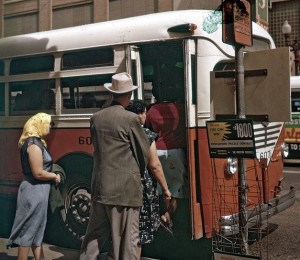
In part 1 of Schindler’s article for the Yale journal, she explores how people during the course of history have used “varied methods” to separate themselves from certain individuals.”These certain individuals are poor people and people of color. For example, the aesthetic design of places such as park benches, bridges, and one-way streets” (Part I Section A).These places have constraints and have changed the citizens behavior, because they’re unaware of these signs, they tend to overlook them. Many legal academics have proposed that places tend to have racial meaning (Part I Section A). Schindler goes on by giving examples by scholars such as Boddie,and Clowney to further explain this. Elise C. Boddie argues that places have racial identities based on their history or reputation for exclusion” (Part I Section B). Many inner-city projects/ghettos/slums are secluded areas where there is a lot of poverty and crime. Similarly, “Stephen Clowney has addressed the way in which landscapes, parks, and statues create a narrative that often marginalizes African Americans.” The racial meaning of these places, allows those in power such as the police to determine who belongs in that neighborhood or not.
Schindler goes on in Part II by giving examples in history, of physical barriers such as low bridges, road closings, and the construction of walls—as well as the placement of transit stops, highway routes, one-way streets, and parking-by-permit-only requirements. used to segregate people of color from white or upper class individuals. “The eight mile wall in Detroit, Michigan during the 1940s” (Part II Section A) is a good example.This same wall was the same title for a well known movie named “8 Mile” which showed how the wall caused racial tensions between the white and black communities. Another good of example is “Atlanta MARTA transportation system not having access to “white or upper class” neighborhoods/communities because those communities don’t want people of color or lower class there” (Part II Section B) The Courts, and judges who are supposed to be upholding the law against racial discrimination,”overlook the racial identifiability of spaces” (Part II Section B) .Schindler’s audience in this article are the readers of the Yale law journal, judges, lawmakers, and professors of Law. She is making a very genuine claim/argument and her points are spot on with the topic.
Source: Schindler, Sarah. “Architectural Exclusion: Discrimination and Segregation Through Physical Design of the Built Environment.” Yale Law Journal -. N.p., Aug. 2015. Web. 18 Sept. 2016. <http://www.yalelawjournal.org/article/architectural-exclusion>.
Photo Source: Houston Bus Stop 1956